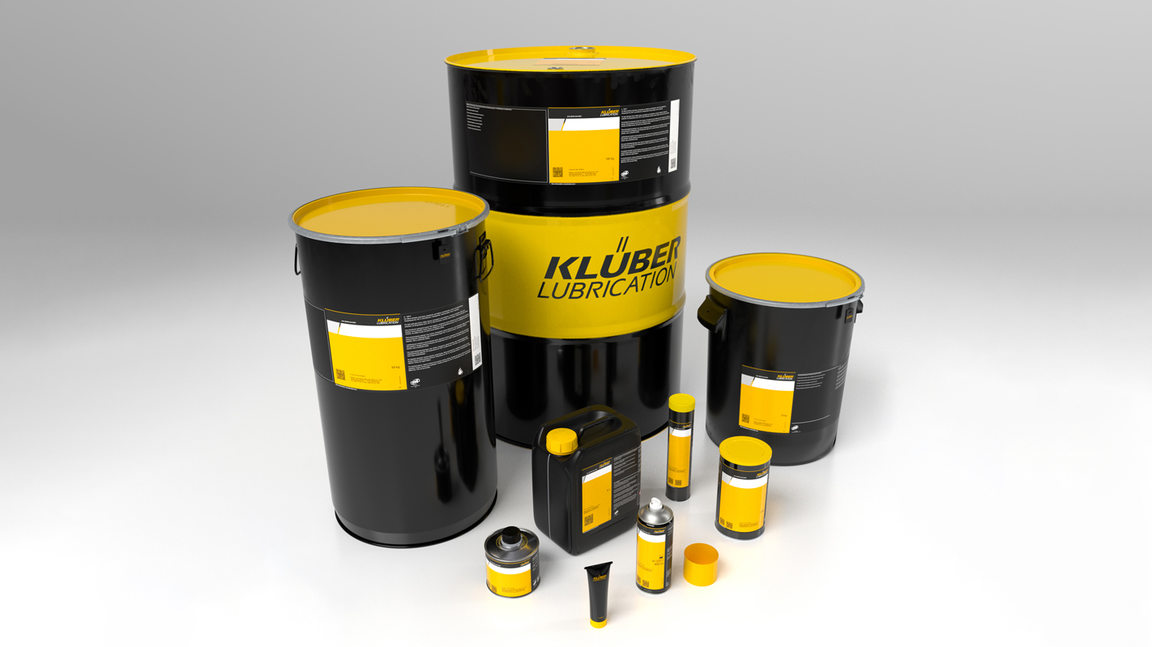Material Hub > Materialien
Materialien
-
Kategorie KunststoffeEinsatztemperatur -100 – 80 °CDichte 0.95 g/cm3
-
Kategorie KunststoffeEinsatztemperatur –Dichte –
-
Kategorie KunststoffeEinsatztemperatur -30 – 80 °CDichte 1.14 g/cm3
-
Kategorie KunststoffeEinsatztemperatur -30 – 80 °CDichte 1.14 g/cm3
-
Kategorie KunststoffeEinsatztemperatur -30 – 80 °CDichte 1.14 g/cm3
-
Kategorie KunststoffeEinsatztemperatur -30 – 80 °CDichte 1.14 g/cm3
-
Kategorie KunststoffeEinsatztemperatur -30 – 80 °CDichte 1.14 g/cm3
-
Kategorie ThermoplasteEinsatztemperatur -60 – 250 °CDichte 1.31 g/cm³
-
Kategorie ThermoplasteEinsatztemperatur < 260 °CDichte 1.31 g/cm³
-
Kategorie ThermoplasteEinsatztemperatur -50 – 100 °CDichte 1.41 g/cm³
-
Kategorie ThermoplasteEinsatztemperatur -50 – 100 °CDichte 1.41 g/cm³
-
Kategorie ThermoplasteEinsatztemperatur -50 – 100 °CDichte 1.41 g/cm³
-
Kategorie Schmierstoffe, SchmierfetteEinsatztemperatur -30 – 100 °CDichte –
-
Kategorie Schmierstoffe, SchmierfetteEinsatztemperatur -60 – 130 °CDichte –
-
Kategorie Schmierstoffe, SchmierfetteEinsatztemperatur -35 – 140 °CDichte –
-
Kategorie Schmierstoffe, SchmierfetteEinsatztemperatur -50 – 130 °CDichte –
-
Kategorie Schmierstoffe, SchmierfetteEinsatztemperatur -35 – 130 °CDichte –
-
Kategorie KunststoffeEinsatztemperatur -40 – 135 °CDichte 1.18 g/cm³
-
Kategorie KunststoffeEinsatztemperatur -20 – 120 °CDichte 1.32 g/cm³
-
Kategorie KunststoffeEinsatztemperatur 0 – 170 °CDichte 1.32 g/cm³






